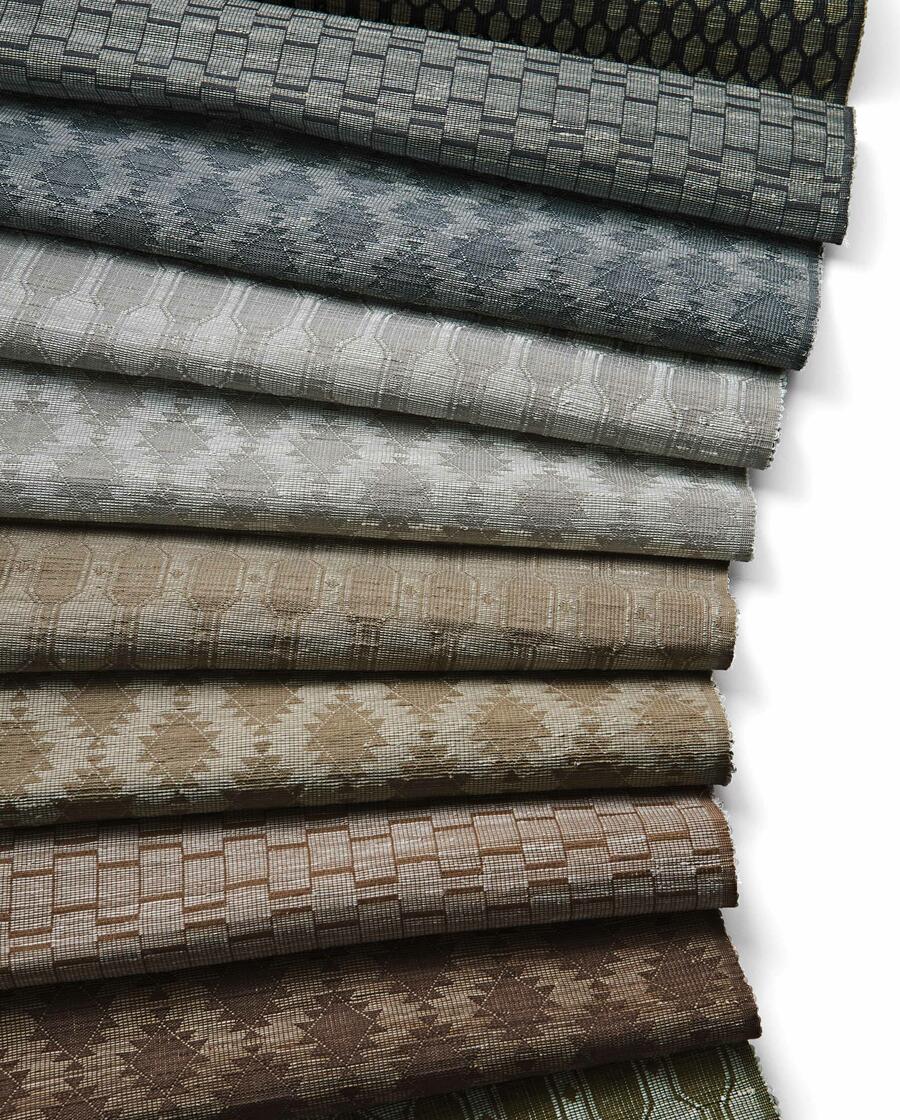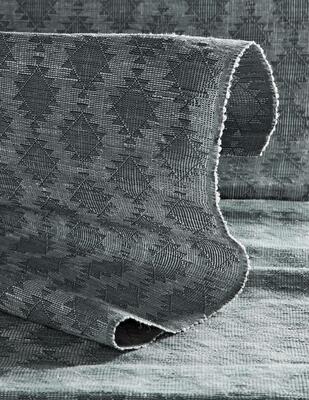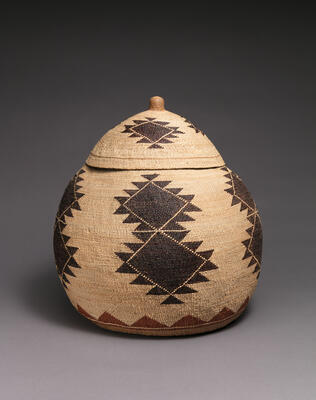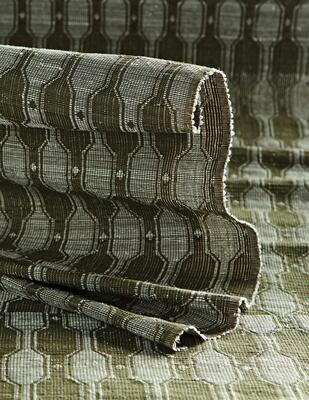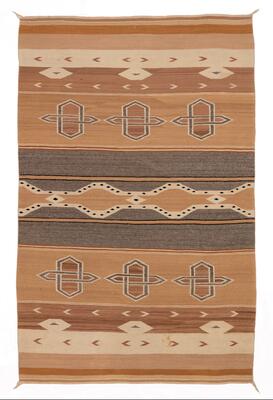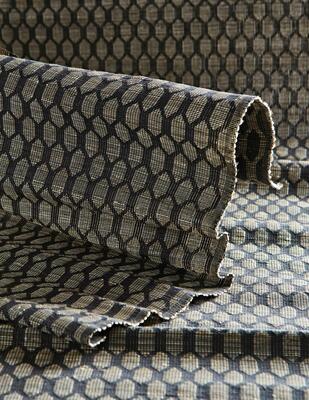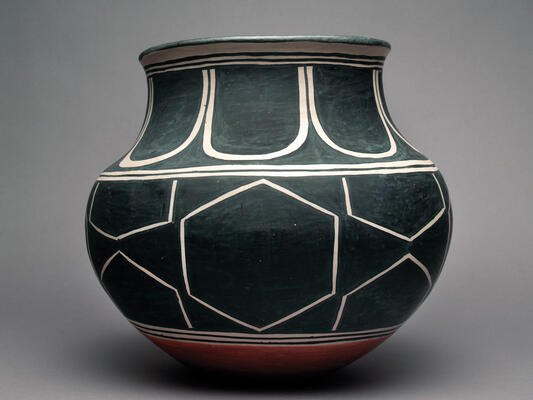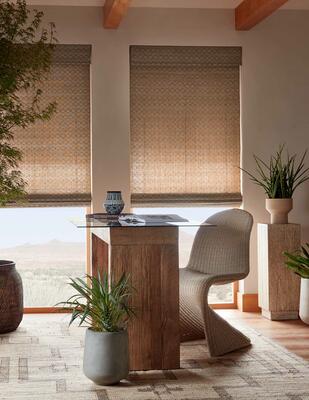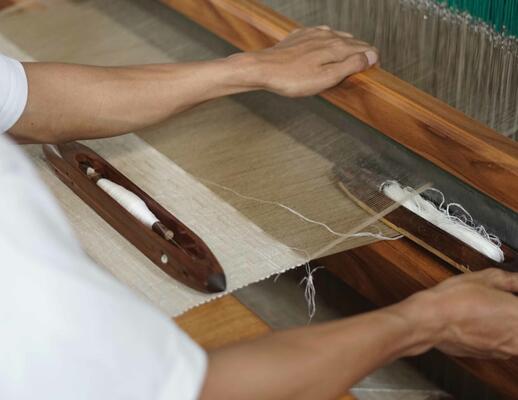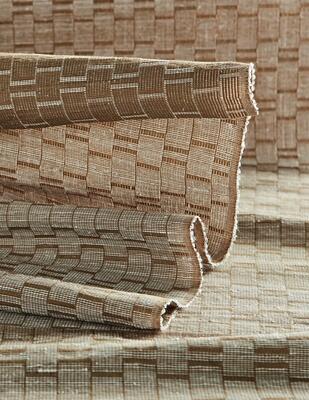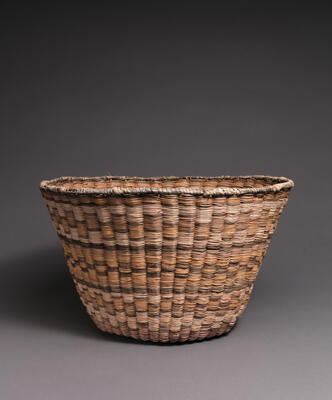In a statement about the collection, Rebecca Welch, design director for Hartmann&Forbes, says: “In reference to the intricate tapestry of craftsmanship and cultural expression, Hartmann&Forbes proudly affirms our respect for hand-made traditions, our unwavering commitment to using natural and sustainably harvested materials, and our design philosophy grounded in respect. As we collaborate with the Museum of Indian Arts and Culture, an institution dedicated to sharing the rich tapestry of artistic and cultural traditions of the diverse peoples of the Native Southwest, our shared vision is melded into the fabric of a hand-woven windowcovering collection—a testament to our mutual commitment to the pursuit of timeless beauty and meaningful connection.”















